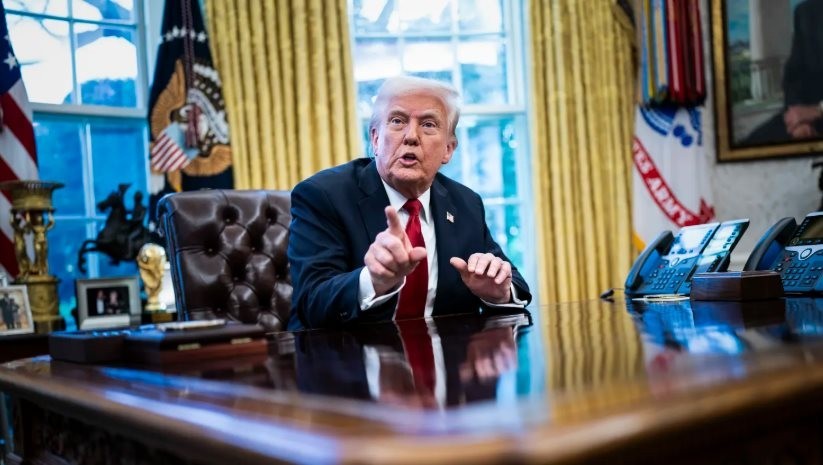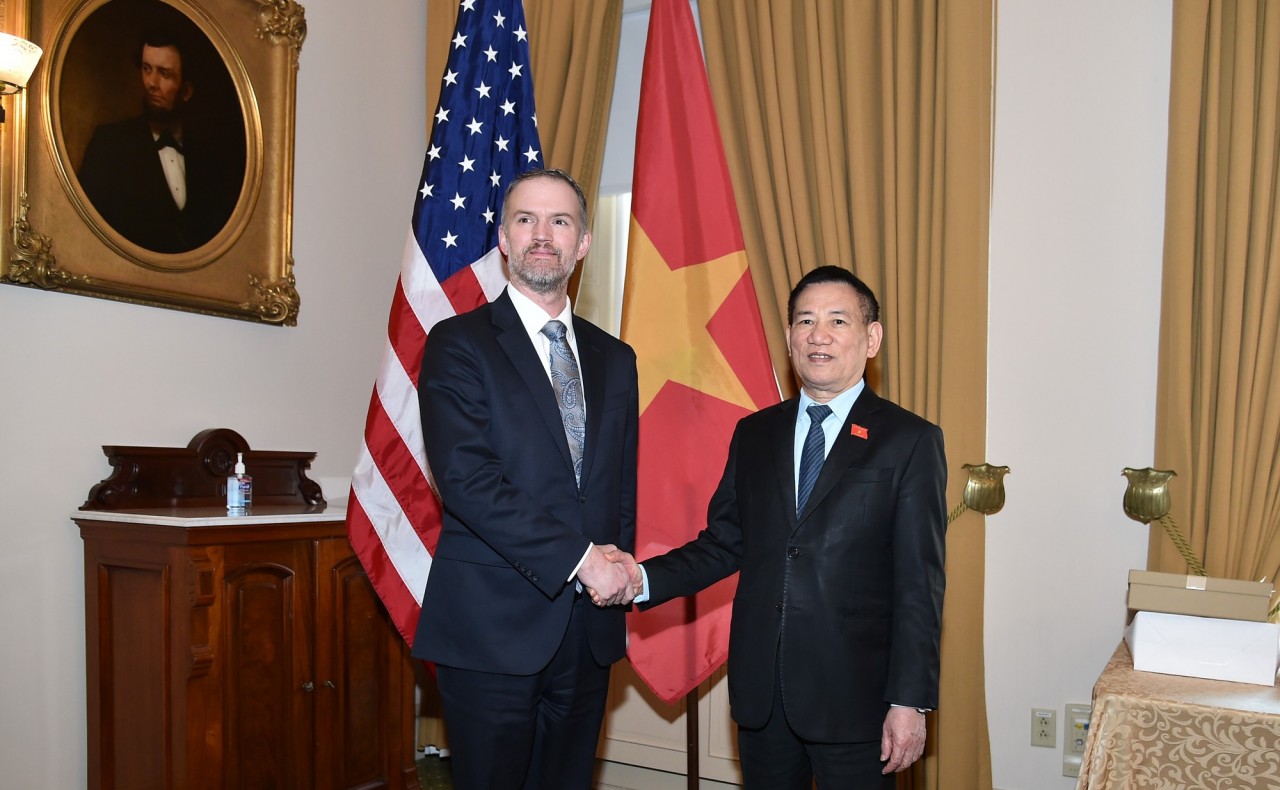ASEAN and US Tariff Dilemma: Hybrid Approach to Global Trade Tensions
| Vietnam, US Agree to Initiate Negotiations on Reciprocal Trade Deal | |
| US Imposes 125% Tariff on China, Pauses Tariffs for 90 Days on Over 75 Countries |
Addressing trade challenges through dialogue
In an interview with CNA news channel, Joanne Lin, senior fellow and co-coordinator of the ASEAN Studies Centre in Singapore’s ISEAS-Yusof Ishak Institute stated that ASEAN’s response to the US tariffs has been measured rather than confrontational, but that doesn’t mean the region is being too soft.
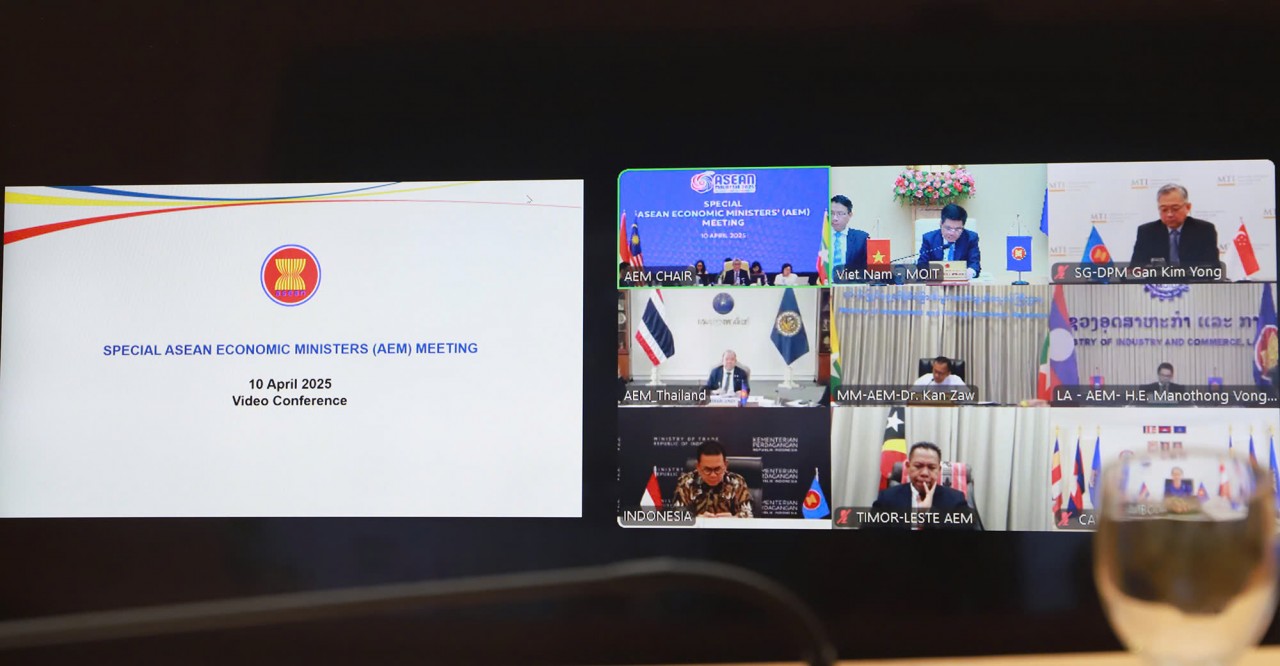 |
| A special ASEAN Economic Ministers' Meeting was convened online. (Photo: Government Newspaper) |
Lin emphasized that ASEAN’s strength lies not only in its economic scale but also in its strategic relevance as the fifth-largest economy in the world, representing a market of over 670 million people and playing a vital role in global supply chains.
“As a grouping, it can certainly shape the broader narrative, especially by reaffirming the principles of a rules-based economic order and trade openness,” she added.
“However, under a Trump administration that favors bilateral, transactional deals, ASEAN’s most realistic approach is a hybrid one, for example, speaking with a common voice to highlight shared concerns while allowing member states to negotiate individually based on their own interests,” said Lin.
Experts added that this was the best stance to take given the unpredictability of US President Donald Trump. James Chin, professor of Asian studies from the University of Tasmania, told CNA that ASEAN’s action was the most realistic, especially as Trump keeps on changing his mind on issues.
“Even if you retaliate, he can keep changing his mind. So you will always be playing catch-up. The best thing to do is keep your head low and do nothing,” said Chin.
Reacting to the tariffs with further tariffs would not be beneficial for anybody, according to some experts.
“Tariffs are never a solution, even as a countermeasure. Obviously the US is the most important export market for most of the ASEAN countries, said Carmelo Ferlito, the chief executive of the Center for Market Education - a think tank based in Kuala Lumpur.
“It is good to look for dialogue and most probably this is what the US wanted since the beginning. It wanted to force countries that revolve around China to look back to dialogues with the US for stronger trade ties,” he said.
ASEAN said it was their common intention to engage in a frank and constructive dialogue with the US to address trade-related concerns.
“Open communication and collaboration will be crucial to ensuring a balanced and sustainable relationship. In that spirit, ASEAN commits to not impose any retaliatory measures in response to the US tariffs,” it said in its statement on Thursday after a special meeting that was attended by the economic ministers of all 10 ASEAN member states and Timor-Leste, as well as the secretary-general of ASEAN.
What can ASEAN do if negotiations don’t work?
According to Lin, if negotiations with the US do not yield meaningful tariff reductions, ASEAN countries would need to further diversify their export markets. ASEAN should continue to invest in regional economic integration, strengthening internal supply chains, improving infrastructure and harmonizing regulations to enhance its attractiveness as a diversified and resilient production base.
 |
| According to experts, ASEAN should continue diversifying its export markets. (Photo: Reuters) |
She said that while a WTO challenge is theoretically possible, the current state of the WTO’s dispute settlement mechanism and the drawn-out nature of such proceedings make it a less practical option in the short term.
ASEAN should instead focus on deepening strategic partnerships, improving trade facilitation and use platforms like the ASEAN Committee in Washington DC to present coordinated messaging to US policymakers, said Lin.
“The challenge will of course be to remain cohesive, agile, and forward-looking in such a volatile trade environment,” she added.
Ferlito said that the most beneficial course of action now is to aggressively pursue genuine free trade agreements with all willing partners. These agreements, he explained, enable tariff-free trade between participating nations.
“That is the way to go if we want to expand, to respond, and to create more opportunities for growth, which comes from bigger markets and this comes from free trade.
“The world is integrated and to look for self-reliance is utopic and not the way to go. Economic growth is made by looking outward and not inward. So being economically strong means being integrated and not isolated,” he said.
| In 2024, the US was ASEAN’s largest source of foreign direct investment and its second-largest trading partner. Total two-way trade between ASEAN and the US reached USD 476.8 billion. ASEAN’s imports from the US stood at USD 124.6 billion, while its exports to the US amounted to USD 352.3 billion. |
 | Trump’s 25% Tariff: "Seismic Shock" to Global Auto Industry Experts in the automotive industry predict that this latest move by the US could disrupt global trade and supply chains. |
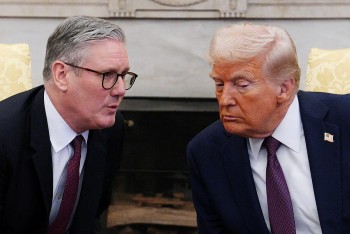 | Negotiation Over Confrontation: Countries Taking Cautious Approach to US Tariffs While the EU and Canada have responded strongly to the US tariff measures, some countries like the UK, Mexico, Australia, and others have opted for ... |
 World
World
US Imposes 125% Tariff on China, Pauses Tariffs for 90 Days on Over 75 Countries
Recommended
 World
World
ASEAN and US Tariff Dilemma: Hybrid Approach to Global Trade Tensions
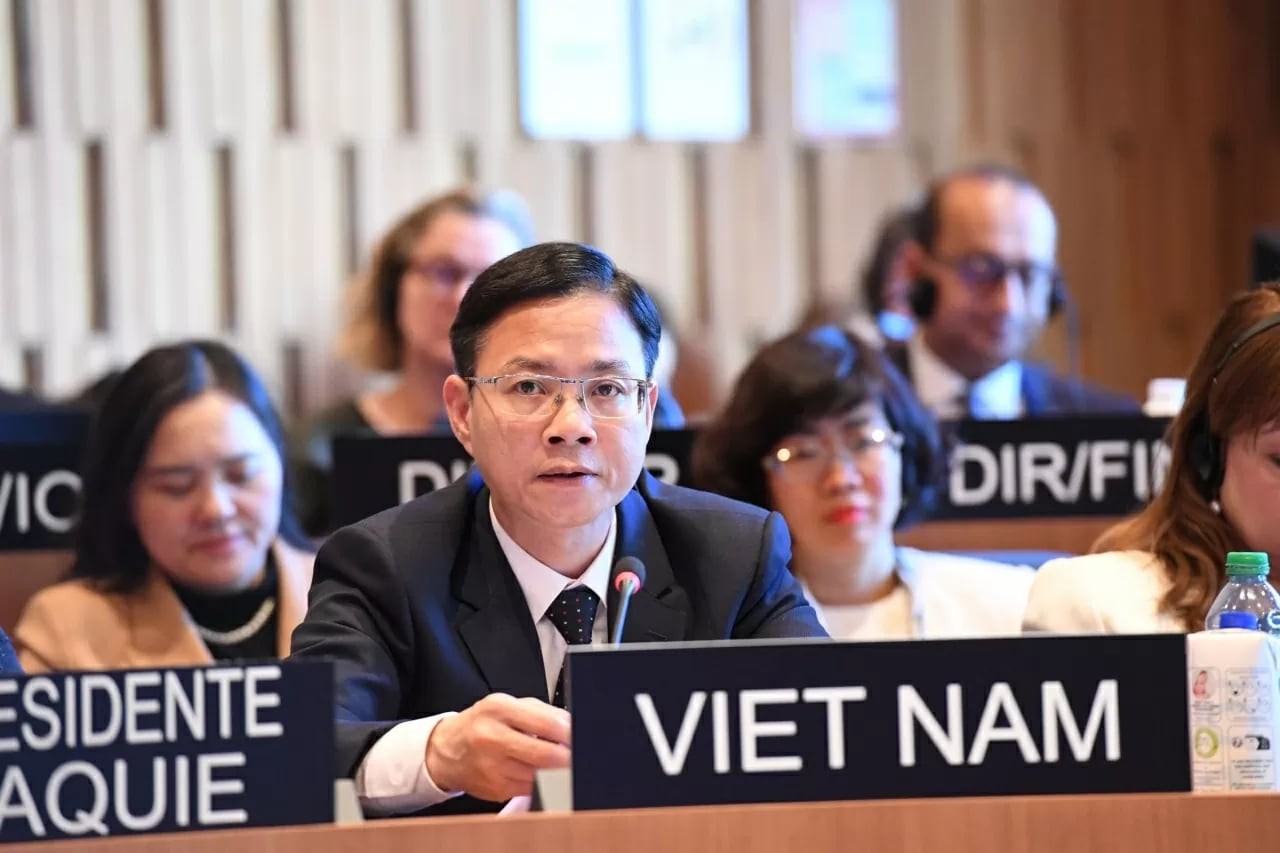 World
World
Vietnam Affirms Its Active and Responsible Role at UNESCO
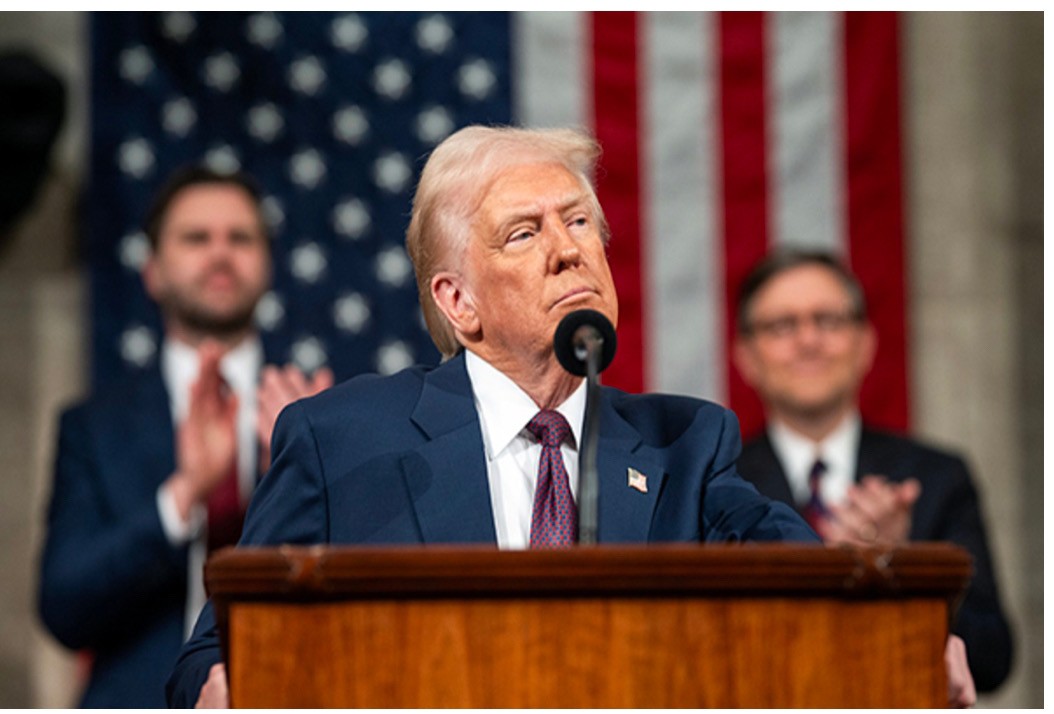 World
World
"Massive financial deficits with China, EU can only be cured with tariffs": Donald Trump
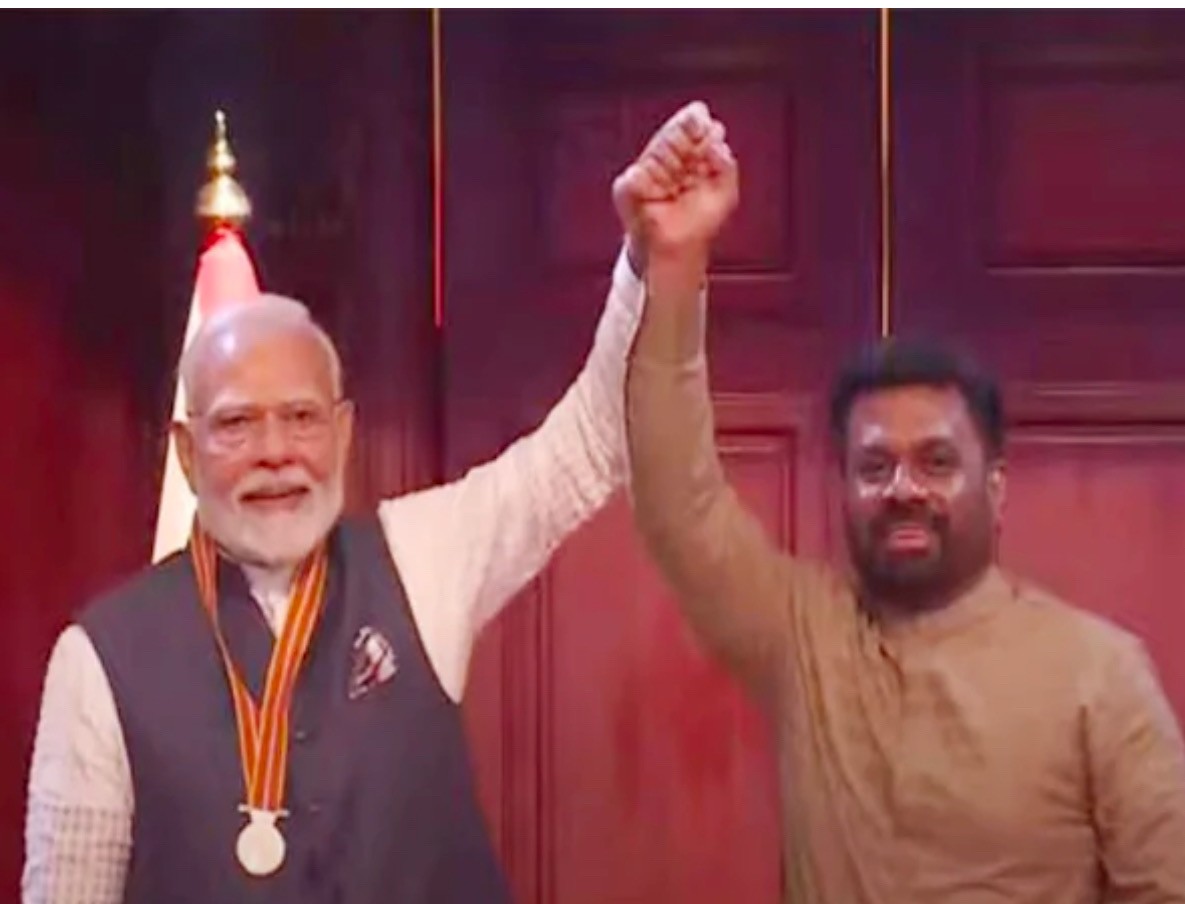 World
World
Modi’s Sri Lanka Visit: A Diplomatic Triumph Amid Regional Tensions
 World
World

